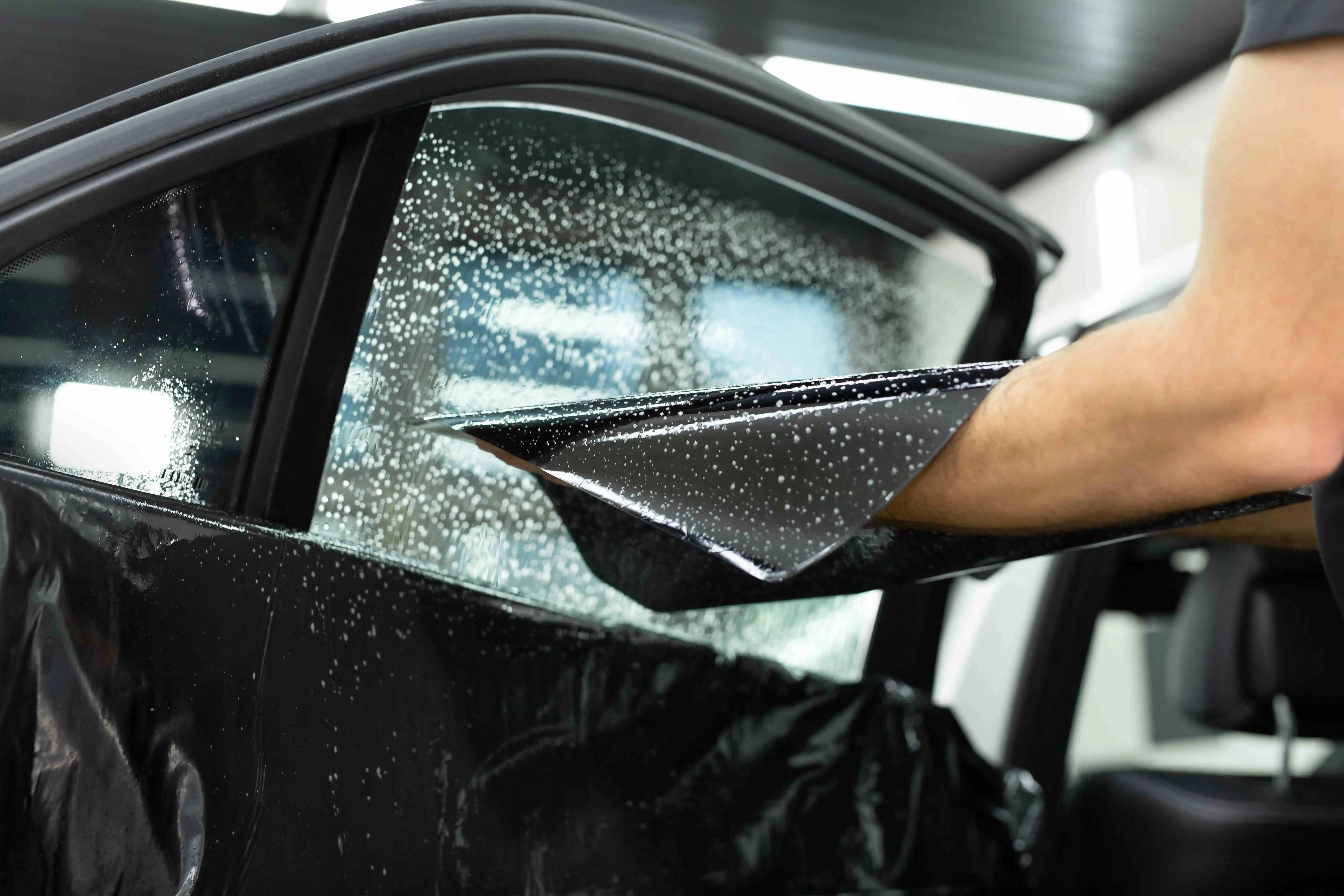Vehicle Window Tinting: What to Anticipate During the Installation Process
Vehicle Window Tinting: What to Anticipate During the Installation Process
Blog Article
Window Tinting Rules and Guidelines: What You Need to Know Prior To Tinting Your Car
Before continuing with window tinting for your lorry, it is important to familiarize on your own with the varied legislations and standards that regulate this technique across different states. These laws determine the permitted degrees of tint darkness, often measured by noticeable light transmission (VLT) percents, and consist of details specifications for front windscreens targeted at ensuring road security. In addition, particular territories might use clinical exemptions for individuals with certifying problems. Comprehending these intricacies can save you from potential lawful implications, however what are the specific guidelines in your state?
Overview of Window Tinting Regulations
Home window tinting regulations are often based on variation across different jurisdictions, reflecting neighborhood guidelines and security considerations. These laws dictate the acceptable degrees of color darkness and reflectiveness on lorry home windows, ensuring that chauffeurs maintain adequate exposure while also shielding versus damaging UV rays and warm.
Most regulations categorize window tinting based upon the Visible Light Transmission (VLT) percentage, which shows the amount of light that can travel through the window. Generally, reduced VLT percents indicate darker colors. Regulations frequently distinguish between the front, side, and back home windows, with more stringent constraints put on the front windshield to enhance security for both the vehicle driver and other road customers.
Furthermore, some jurisdictions impose restrictions on the reflectivity of the tint, stopping too much glow that might impair exposure. Exemptions to these legislations may exist for people with specific clinical problems calling for additional sun security. Conformity with window tinting regulations is vital, as violations can cause penalties, required elimination of the color, and prospective increases in insurance coverage premiums. Consequently, it is crucial for vehicle owners to acquaint themselves with neighborhood legislations prior to continuing with window tinting installments.
State-by-State Color Laws
Recognizing the details home window tinting regulations in each state is vital for automobile owners looking for to adhere to the regulation. Each state in the U.S. has actually developed its own set of guidelines governing window tinting, which can vary substantially. These policies typically determine the permitted levels of tint darkness, the types of home windows that can be tinted, and any medical exemptions that might use.
For circumstances, states like The golden state have rigid limitations on tint darkness for front windows, while others, such as New Mexico, might allow darker colors. Furthermore, specific states mandate certain exposure percents for various home windows, including the windshield, front side windows, and rear home windows. It is essential for auto proprietors to acquaint themselves with their state's legislations to avoid potential fines or charges.
In addition, some states may need a certification sticker to be positioned on tinted home windows, suggesting conformity with state legislations. Failure to follow these laws not just risks legal repercussions however can also influence safety and security and exposure while driving. Therefore, vehicle owners ought to conduct detailed research or seek advice from local authorities to guarantee full understanding and conformity with state-by-state tint guidelines.
Allowed Color Types and levels
Lots of automobile owners may be amazed to discover that permitted tint degrees and types vary widely across different states. Each state has developed its very own laws regarding the permissible darkness and reflectivity of home window color, usually determined by Visible Light Transmission (VLT) portions. VLT refers to the quantity of light that can travel through the tinted home windows; hence, a lower portion shows a darker color.

Moreover, the kinds of tint products allowed can vary, with some states banning mirror-like or metallic coatings. It is important for vehicle owners to acquaint themselves click here to read with their state's specific legislations to make certain conformity. Non-compliance can cause penalties, necessary elimination of the color, or various other lawful consequences, making it crucial to comprehend these guidelines before waging setup.
Medical Exemptions for Tinting
While not all states supply allowances for medical exceptions pertaining to home window tinting, those that do identify the requirement for details people to boost visibility and convenience due to medical conditions. Various clinical conditions, such as lupus, skin cancer, and certain eye problems, can make individuals especially conscious sunlight. These individuals may call for darker colors to safeguard themselves from hazardous UV rays and glare.

It is necessary to keep in mind that also with a clinical exemption, there may still be limitations on the degree of color allowed. Conformity with state legislations guarantees that individuals are both protected and within lawful limitations. Those considering medical exceptions should contact their local Division of Motor Autos or equal authority to recognize the procedures and needs necessary to request an exemption properly.
Penalties for Non-Compliance
Failing to adhere to home window tinting laws can lead to considerable fines, which differ by state. Law enforcement companies are encouraged to provide citations for cars that do not follow the defined tinting policies. These charges typically include penalties, which can vary from moderate total up to a number of hundred dollars, depending on the intensity of the offense and the state concerned.
In some jurisdictions, repeated offenses might lead to escalating penalties or extra penalties, such as compulsory court appearances. Non-compliance may necessitate the elimination of prohibited tinting, frequently at the proprietor's expense. In extreme situations, habitual offenders might face click for source suspension of their automobile registration till conformity is attained.
Furthermore, insurance coverage implications may emerge from obtaining multiple citations for home window color violations. Insurance firms might watch such violations as a sign of riskier behavior, possibly bring about raised costs or problem in insurance coverage.
To avoid these fines, it is important for lorry owners to familiarize themselves with their neighborhood window tinting regulations and guarantee that their vehicle complies (Window Tinting). This positive technique not just avoids legal implications however likewise advertises road safety
Conclusion

Many regulations identify window tinting based on the Visible Light Transmission (VLT) portion, which indicates the amount of light that can pass through the home window. Conformity with home window tinting guidelines is critical, as offenses can result in fines, obligatory elimination of the tint, and possible boosts in insurance policy costs.Recognizing the certain home window tinting laws in each state is important for car proprietors looking for to conform with the legislation. These guidelines usually dictate the permitted levels of color darkness, the kinds of home windows that can be tinted, and any kind of medical exceptions that might apply.
For instance, states like California have stringent restrictions on color darkness for front home windows, while others, such as New Mexico, might enable darker colors.
Report this page